A new £4.75 million innovation hub in Dundee will see businesses develop products to address the climate emergency – and environmental concerns have also dictated the building’s construction.
The flagship centre is a key part of the former Michelin tyre factory’s transformation into a centre that focuses on decarbonisation.
The building at the Michelin Scotland Innovation Parc (MSIP) has not used conventional techniques. It has been built with its carbon footprint in mind.
The innovation hub has a glulam (glued laminated timber) and CLT (cross laminated timber) structure in place of steel.
This saves an estimated 715 tonne of carbon dioxide.
Both materials used are a natural alternative to steel, concrete, and plasterboard. They are manufactured off-site to precise size specifications, resulting in very little to no waste in the construction phase.
MSIP innovation hub plans
The £4.75m building is due to be completed in October.
Colin McIlraith, chief operating officer at MSIP, said: “The innovation hub sits at the core of our mission at MSIP.
“It creates a place where industry, academia and government can come together and thrive.”
The use of natural building materials from sustainably managed forests reduces the buildings carbon footprint in two ways.
Firstly, less carbon dioxide is generated during the production of glulam and CLT than conventional building materials.
Secondly, the use of wood as the principal building material locks away the carbon it contains for the building’s lifetime.
Robertson has been carrying out the construction.
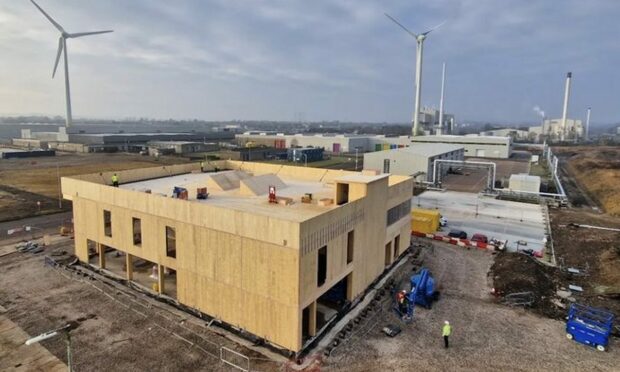

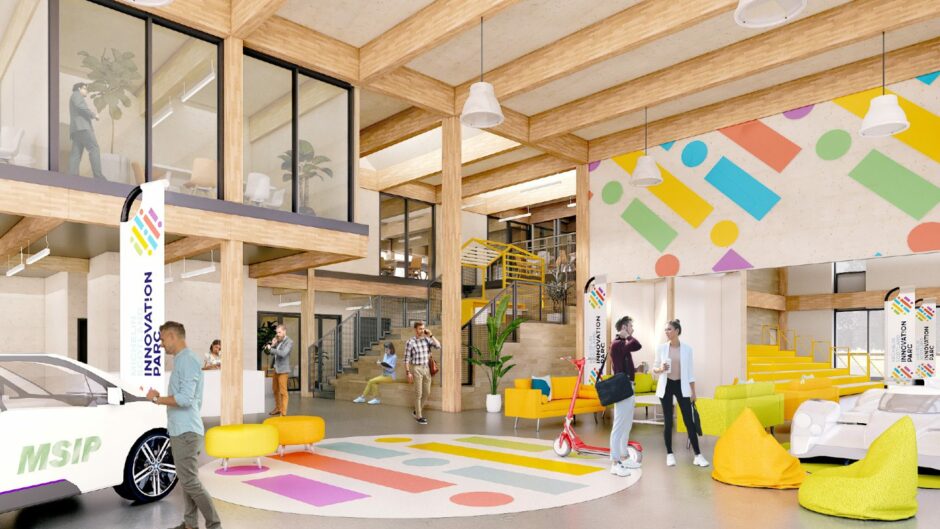

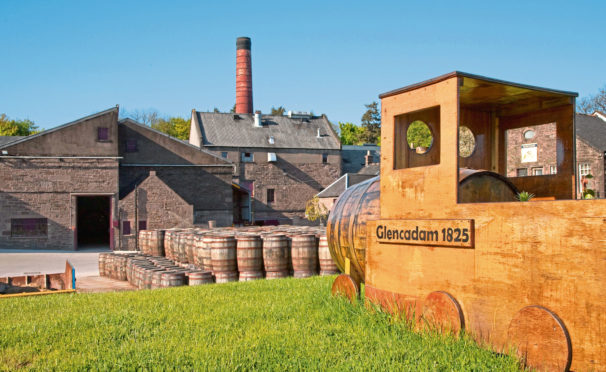
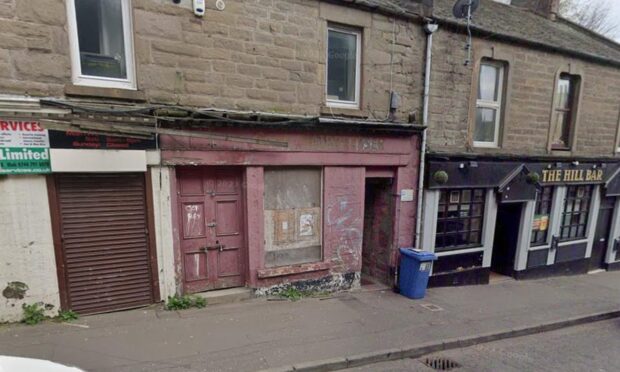
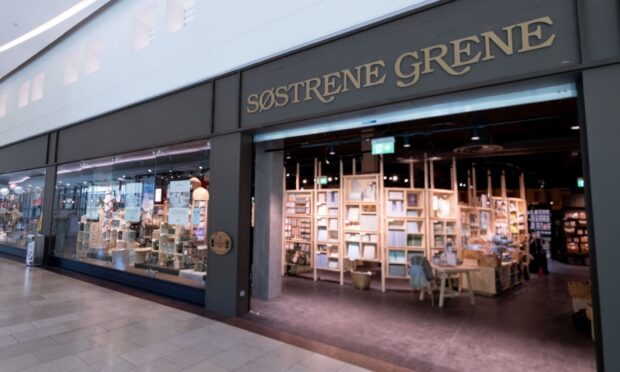
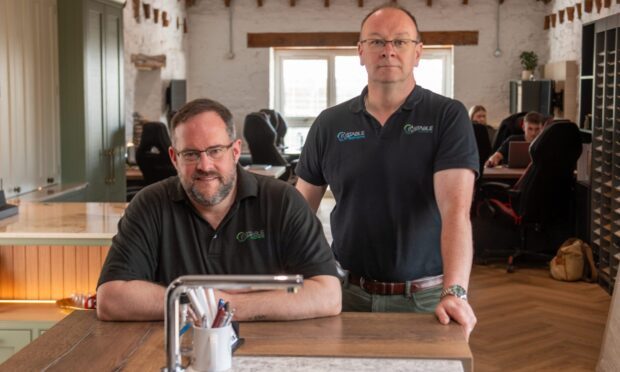
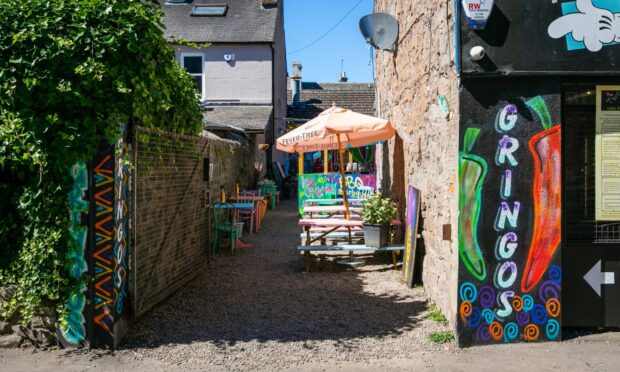




Conversation